
If you also want to make an internal resistance tester with N555+LM317, you can DIY it together following the instructions.
The circuit is not too complicated, and the main improvement is the precision resistor for frequency and current calibration, which can make the test more accurate. In addition, two sets of three-pin jumpers are added, which can switch to LM317 for direct constant current output, as a constant current source. It can also be used with a multimeter without an AC200MV range and with a DC200MV range for a milliohm meter. After calibration, the measurement accuracy is sufficient for amateur use. The highest cost is the Kelvin clip, but the cost of other components is quite low. The banana plug and wire used are from retired multimeter probes, so the overall cost is relatively low.
The finished product is shown in the image.
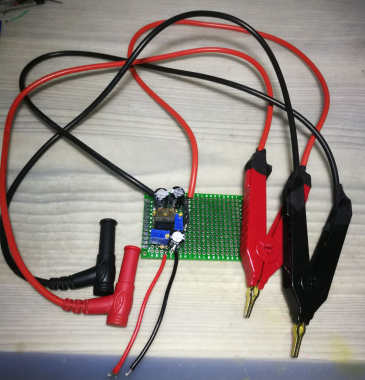
An LM317 from a disassembled device is used in the circuit, and the adjustable resistor is mainly used to adjust the output current.
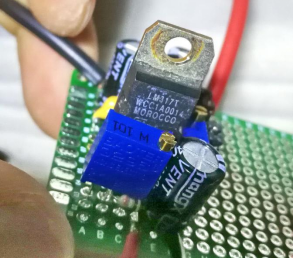
The N555 is used for the circuit, and if you only have a surface-mounted one, you can directly flywire it. The potentiometer on the right is used to adjust the oscillation frequency.
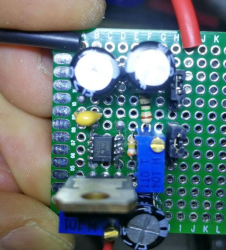
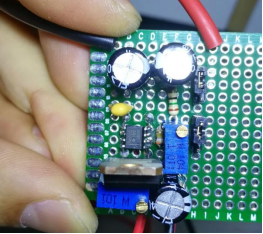
First, calibrate the output current to AC 100MA.
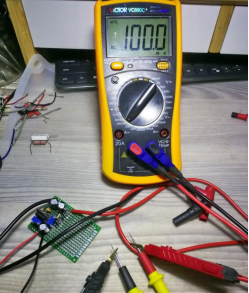
Then adjust the oscillation frequency to 1KHZ. The Victory V890C+ multimeter can be modified to add frequency, duty cycle, and AC200MV measurement range, with a 9999 display, and it is powered by a lithium battery. A power switch and a charging port are also added, and it is very easy to use after calibration.
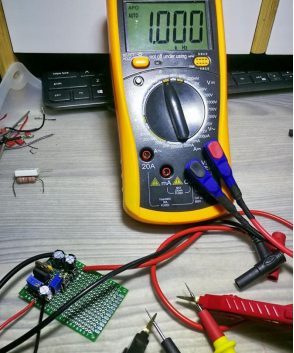
Check the duty cycle, which is 58%.
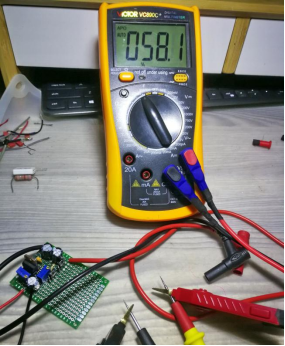
Check the output AC voltage, which is 4.548V with an input of 12.4V.
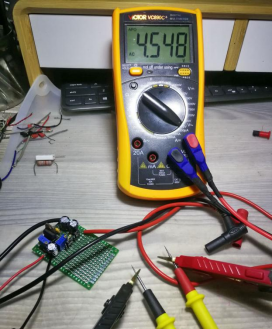
Next, measure two resistors and several batteries with the device. Short-circuit the test leads to get 0MV, which is normal.
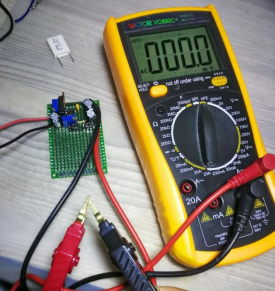
Measure a 1-ohm resistor.
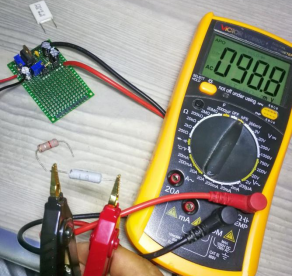
Measure a 0.82-ohm resistor.
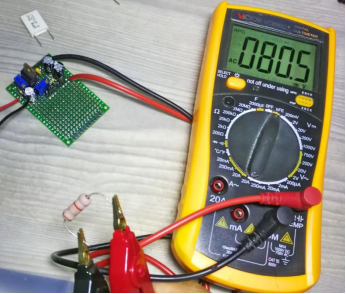
Measure a 0.01-ohm resistor, which is 10 milliohms.
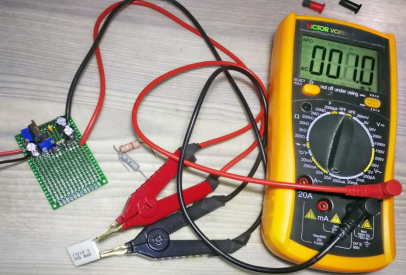
Measure the internal resistance of a battery.
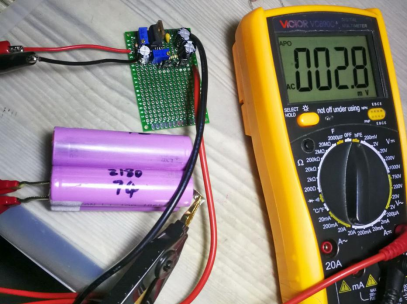

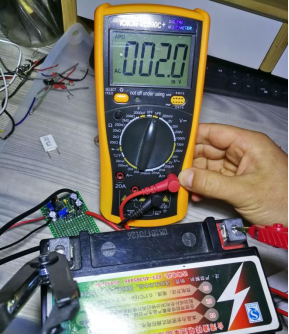
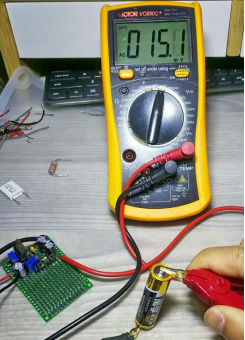
Additional note: A 100-ohm precision adjustable resistor is used instead of the 25-ohm resistor R1, and it is parallel with a resistor of around 47 ohms to adjust the output current of LM317. A 100K precision adjustable resistor and a 220-300K resistor are used to adjust the square wave frequency of the 72K resistor R2.




